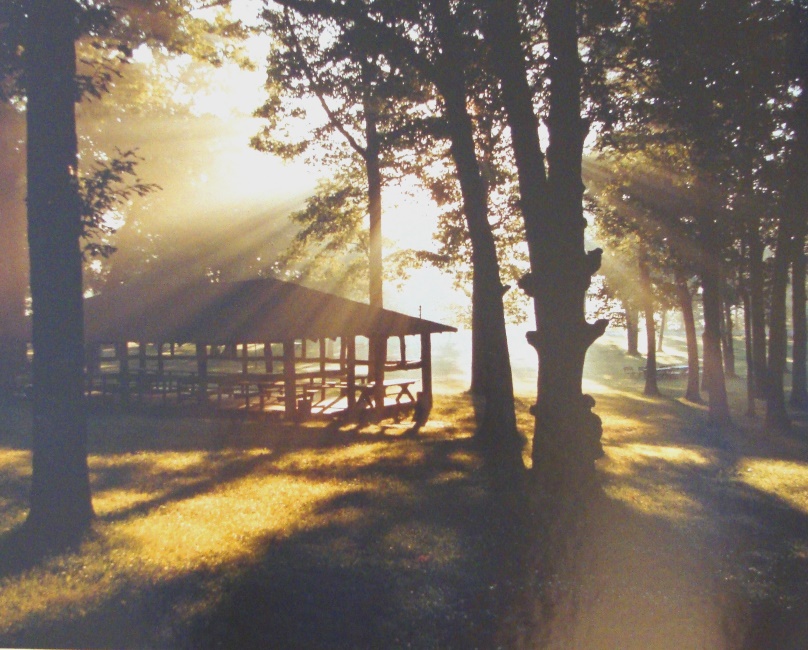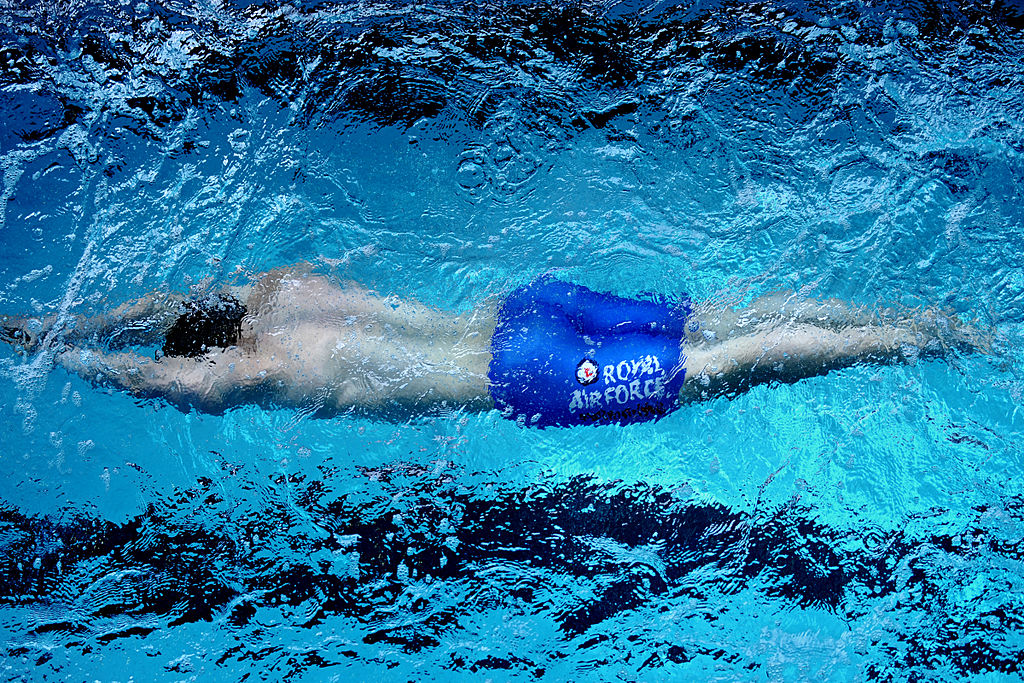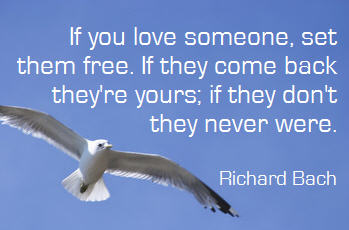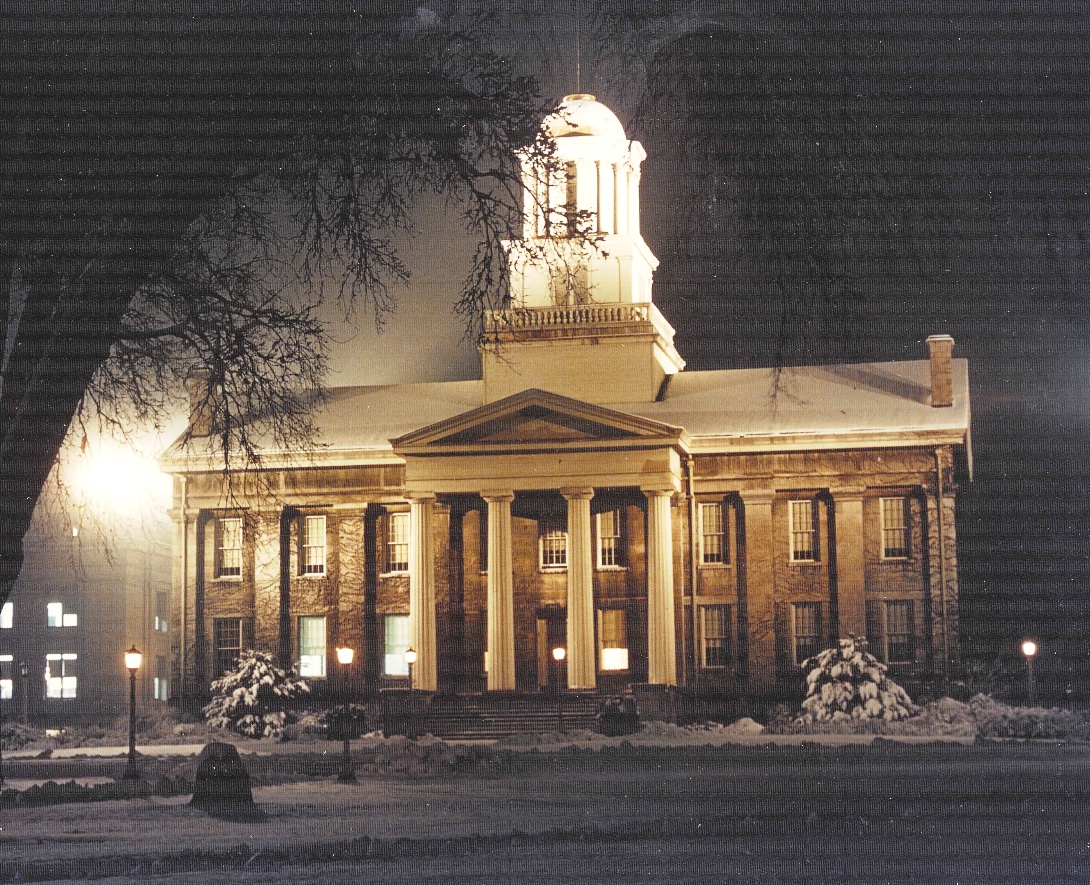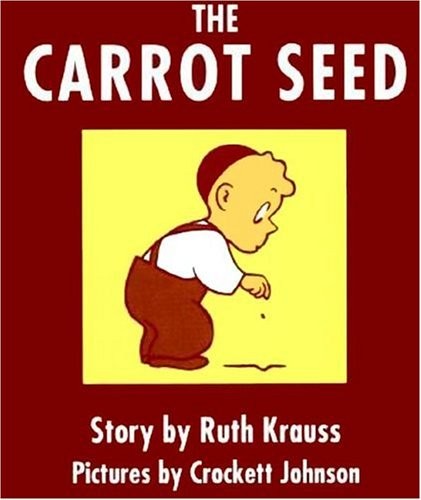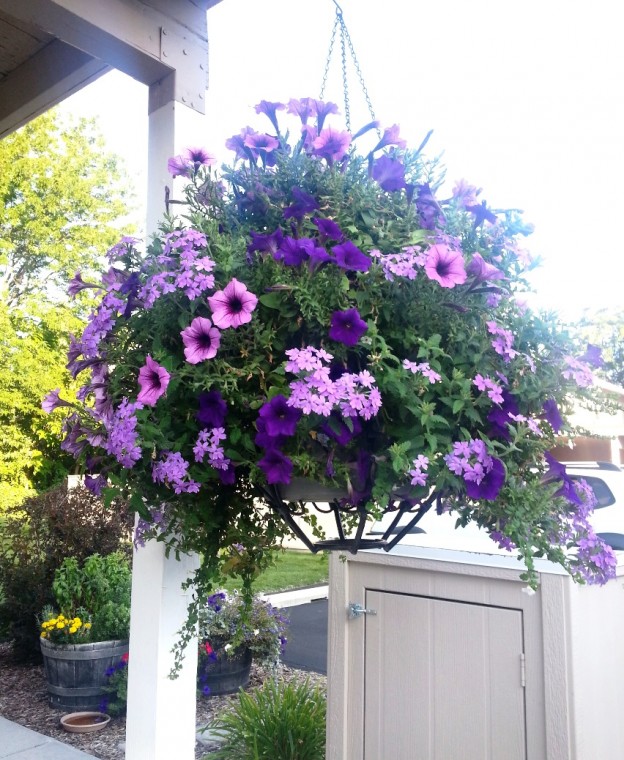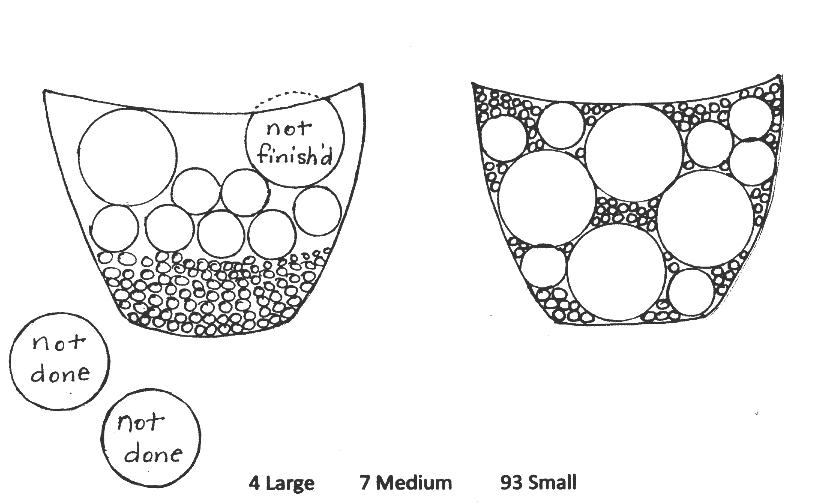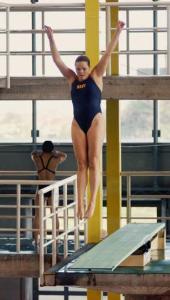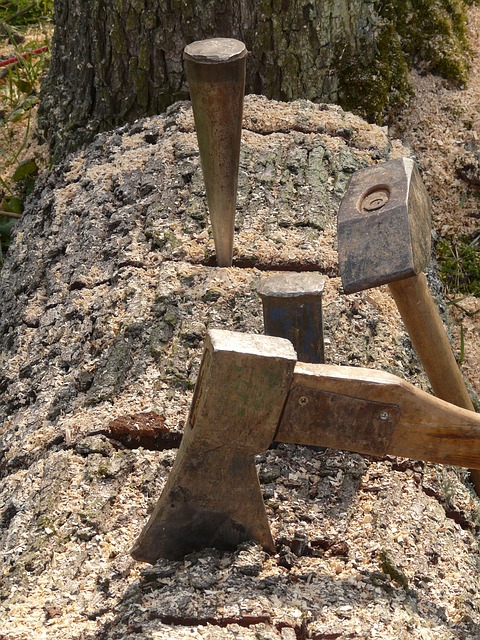Oprah used this phrase a lot during the time I watched her shows in the late 90’s, and it’s stuck with me. Usually I make one or two New Year’s resolutions but today I’m reflecting on all the upheaval in our world and “what I know for sure.”
More and more, I live modern life like running the bases in baseball. Each one is a safe touch point and helps restore my inner peace when the going gets tough:
- Home Plate: I know there is a God, loving and powerful, and we will live forever through Christ’s Atonement.
- First Base: I know most people are good and that goodness will triumph in the end.
- Second Base: I know I must reach out for new challenges and new connections to be happy.
- Third Base: I know I must develop the divine within to progress eternally.
What do you know for sure? What bases do you touch when anxiety or adversity strikes? This is a good time to put those things front and center and give them new life.
I’m knee-deep in a major purge of my files, and I’m finding gems I forgot I had. Here’s a quote I just found (from Gail Godwin’s novel, The Finishing School) that may speak to you as it does to me:
There are two kinds of people . . . One kind, you can tell just by looking at them at what point they congealed into their final selves. It might be a very nice self, but you know you can expect no more surprises from it. Whereas, the other kind keeps moving, changing. With these people, you can never say, “X stops here,” or “Now I know all there is to know about Y.” That doesn’t mean they’re unstable. Ah, no, far from it. They are fluid. They keep moving forward and making new trysts with life, and the motion of it keeps them young. In my opinion, they are the only people who are still alive.
We all let fear and habit slow us down, but that keeps us from those “new trysts with life” that not only surprise our friends but they also surprise ourselves. C. H. Lewis wrote a book called Surprised By Joy. Let’s all be surprised by joy this year and spread it around.
